CLM-Driven Control for Debt Settlement Agreements
Debt settlement agreements (DSAs) have evolved as a critical tool for creditors and financial institutions in looking for effective, out-of-court settlements.
Why Debt Settlement Agreements Require Smarter Governance
 Every DSA contains a distinct pattern of legal, operational, and reputational risk, heightened by the quantity and pace at which settlements are currently executed.
Every DSA contains a distinct pattern of legal, operational, and reputational risk, heightened by the quantity and pace at which settlements are currently executed.
For creditors dealing with hundreds or thousands of DSAs, risk goes beyond the fine print it hides in oral promises, contradictory terms, non-compliant templates, and manual delay of execution.
A single mistake can invalidate enforcement, invite regulatory attention, or destroy recoverable value.
It's no wonder DSAs are increasingly dealt with by contract lifecycle management (CLM) systems - digital frameworks that centralize documents, automate compliance, and preserve airtight audit trails.
They replace fragmented workflows with structured governance, so every settlement is enforceable, compliant, and delivered at pace.
In this blog, we explain why DSAs are amongst the most high-volume, high-risk contracts in credit operations, how verbal and jurisdictional traps can derail them, and how new contract systems can turn risk into reliability.
Key Takeaways
- DSAs deal with enormous financial value and regulatory attention, so they are high-risk by nature.
- Oral or casual agreements can erode enforceability unless comprehensively managed.
- Multi-state compliance requires real-time clause management and version control.
- Electronic signing and audit trails are essential for ensuring integrity at scale.
- A CLM platform converts DSAs from risky deals into organized, compliant, and traceable contracts.
From Verbal Promises to Written Proof
 A single undocumented exchange can derail months of negotiation.
A single undocumented exchange can derail months of negotiation.
One of the most overlooked risks in debt settlements is the "verbal promise trap," where a debtor or even a collection agent depends on an unspoken promise or casual guarantee that cannot be legally substantiated.
These instances occur commonly in high-paced collection settings, where verbal affirmations via phone or email are considered binding when, in reality, they have little to no legal significance.
The risk further increases when there is a change in the team working on the case.
The new party can say that no such assurance was made or that the amount paid was merely a "partial payment toward the debt", and not a settled amount.
In the absence of documentary evidence, the creditor's case gets weaker by leaps and bounds, giving rise to disputes, renewed debts, or even lawsuits.
This is where a contract management system is invaluable.
Modern CLM systems leave an immutable audit trail, a traceable record of every step in the negotiations, from first offer to last signature.
Every revision of a clause, counteroffer, and clocked approval is a defendable data point.
This means that if a debtor objects to the settlement, the creditor can submit a detailed log that supports the written words as the only legally enforceable record.
To support this, the "Entire Agreement" clause of a DSA should clearly state that the written contract contains the full and entire understanding between the parties.
By having all negotiations in the CLM and archiving each interaction in the platform, creditors essentially shut the door on inconsistent interpretations based on calls, messages, or earlier versions.
Automating Debt Settlement Contract Compliance
 Debt settlement agreements are only as effective as their compliance supports.
Debt settlement agreements are only as effective as their compliance supports.
In a legally heterogeneous country like the United States, a creditor who handles hundreds or thousands of debt settlement agreements spanning several states is confronted with a formidable challenge in keeping up to date with ever-changing state-by-state legislation.
Every jurisdiction is subject to its own set of rules and regulations concerning debt recovery, interest rates, consumer disclosures, and dispute resolution.
What may be valid in Florida may not be so in California, and a mere mistake can make an agreement non-enforceable or even attract regulatory fines.
Historically, creditors have used static templates and manual revision to cope with this complexity.
Static templates, however, become outdated fast.
The instant a compliance officer or paralegal manually adds a "Governing Law" clause without checking whether it is compliant with the current state regulations, risk creeps in.
Through the inclusion of dynamic clause libraries, the system automatically adjusts the language of the debt settlement agreement according to the debtor's location or governing jurisdiction.
In addition, automation goes beyond drafting. The Notices Clause, commonly overlooked, is important to the enforceability in law.
It prescribes how formal notices like payment notices, default notices, or variations should be given and received.
An advanced CLM makes it automated such that contact information is up to date and the notices are given through approved means, such as certified email or registered mail.
Digital Signatures and Counterparts
 After negotiating and signing a debt settlement agreement (DSA), the stage of execution is where the ball is in your court.
After negotiating and signing a debt settlement agreement (DSA), the stage of execution is where the ball is in your court.
Speed is crucial, especially where creditors are required to receive payment before debtors spend funds, go bankrupt, or become insolvent.
Delaying execution can result in missed opportunities, drawn-out disputes, and greater exposure to the risk of litigation.
Historically, the enforcement of contracts needed wet signatures on hard copies, coordination through couriers, and meticulous matching of counterpart documents.
It was a slow, laborious, and error-prone process.
Any slight delay in getting signatures could jeopardize the enforceability of the contract, as debtors would argue that they never agreed to certain conditions or contest the timing of signing.
DSAs legally allow for execution in several counterparts, so every party can sign different copies of the same agreement.
An effective system ensures that e-signatures are linked directly to the ultimate, unalterable version of the contract, offering legal validity and business efficiency.
This prevents unsigned or outdated copies from being circulated, which could cause disagreements over terms.
In addition to speed, e-signatures and counterparts improve transparency and accountability.
Digital signatures can be notified in real-time to parties, lessening administrative follow-up and preventing any contract from being partially executed.
Legal teams are free to concentrate on review and strategic oversight instead of logistical coordination.
Tracking Debt Settlement Agreements
![]() After the execution of a debt settlement agreement, the true test for creditors: compliance, risk mitigation, and retention of operational control during the term of the agreement.
After the execution of a debt settlement agreement, the true test for creditors: compliance, risk mitigation, and retention of operational control during the term of the agreement.
Governance post-execution is paramount since even the best-designed debt settlement contract will fail if monitoring and enforcement are substandard or inconstant.
Among the major risks that come after execution is mismanagement of default, interest, and installment monitoring.
Creditors are also subject to situations where a debtor mispays or where interest is applied in error, which could provide room for litigation or revocation of debt.
A CLM streamlines these monitoring tasks, following each installment, applying the agreed-upon interest rates, and sending notifications when deadlines or grace periods are due.
This guarantees that both parties stick to the terms of the agreement, lowering the chances of legal entanglement and upholding the sanctity of the debt settlement agreement.
Another critical element is that of warranty tracking and reporting requirements.
For instance, creditors need to ascertain that any representations made in the DSA, such as assurance that debt has not been transferred to a third party, are constantly tracked and traceable.
A CLM consolidates this information into a real-time dashboard that points out potential compliance problems ahead of time.
Second, credit reporting requirements can be automated.
For example, creditors must ensure that any representations made in the DSA, such as confirmation that debt has not been reassigned to a third party, are continuously monitored and verifiable.
A CLM centralizes this data, providing a real-time dashboard that highlights potential compliance issues before they escalate.
CLM as Operational Core
 Debt settlement agreements (DSAs) are hardly mundane contracts.
Debt settlement agreements (DSAs) are hardly mundane contracts.
They occupy the nexus of finance, law, and operational accuracy, and a single misstep threatens to expose creditors to real legal and financial jeopardy.
From the possibility of verbal agreements being misunderstood to jurisdictional miscalculation, and from delay in enforcement of payment schedules to defective monitoring of debtor liabilities, the handling of DSAs manually is a high-risk proposition.
The complexity is compounded when creditors do business in many different states, each with its own laws to govern it, notice specifications, and procedural requirements.
A modern contract lifecycle management system is more than just a convenience; it is a critical infrastructure.
By bringing all debt settlement contracts into one, safe platform, creditors have complete visibility and control over all aspects of the agreement life cycle.
Dynamic clause libraries automatically comply with state-specific legislation, minimizing errors while enforcing procedural and legal consistency.
At the same time, built-in e-signature functionality speeds execution without sacrificing enforceability, so agreements are executed properly and quickly, safeguarding both creditor rights and operational efficiency.
For companies that want to improve their debt settlement procedures, Dock 365 provides an out-of-the-box CLM that integrates perfectly into Microsoft 365.
It automates contract drafting, approval flows, e-signature signing, and monitoring, changing what had been a manual, error-laden process into a complete set of automated, auditable processes.
To make your DSA governance stronger, secure your financial and legal interests, and streamline operations, schedule a free demo of Dock 365 today and learn how an advanced CLM can be the foundation for your debt settlement approach.
Like our content? Subscribe to our newsletter on LinkedIn for more insights and updates.
Book a Live demo
Schedule a live demo of Dock 365's Contract Management Software instantly.

Written by Jithin Prem


